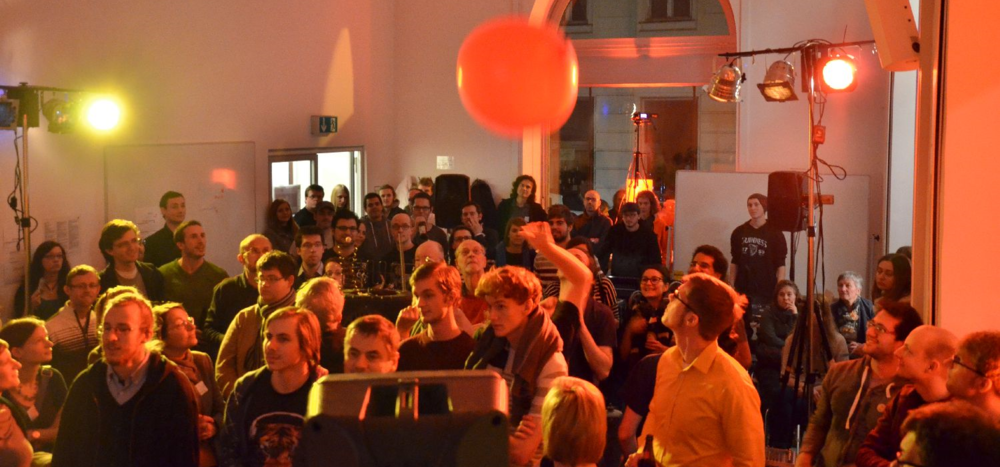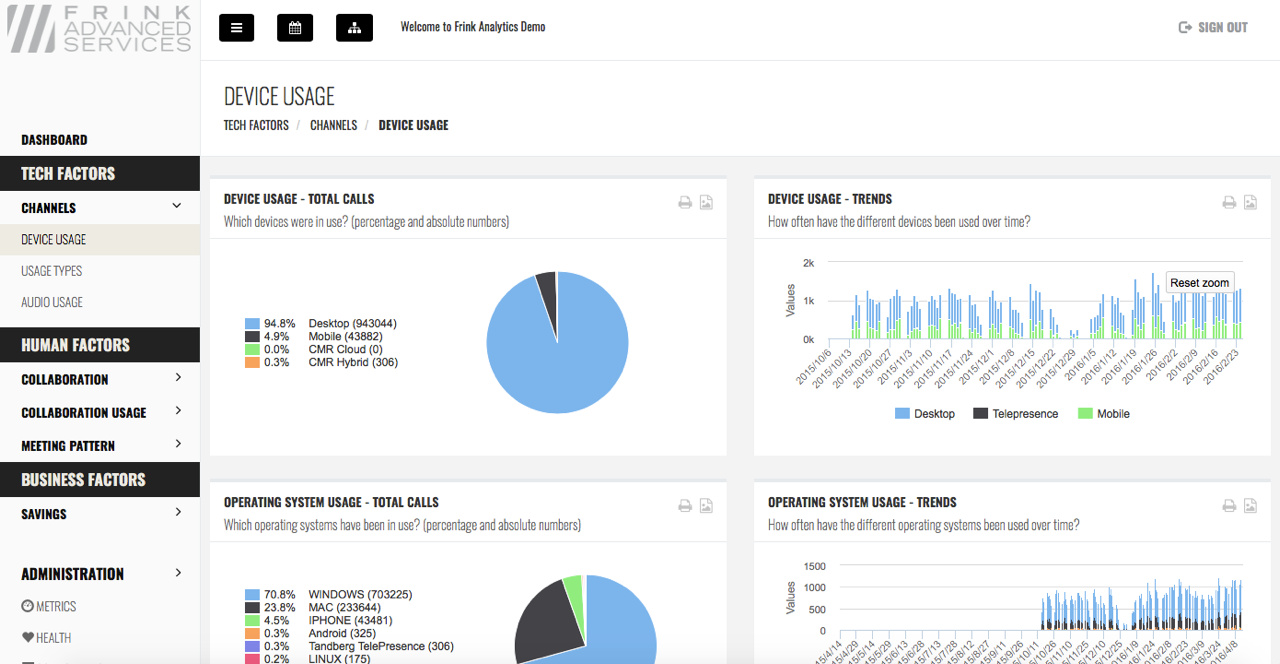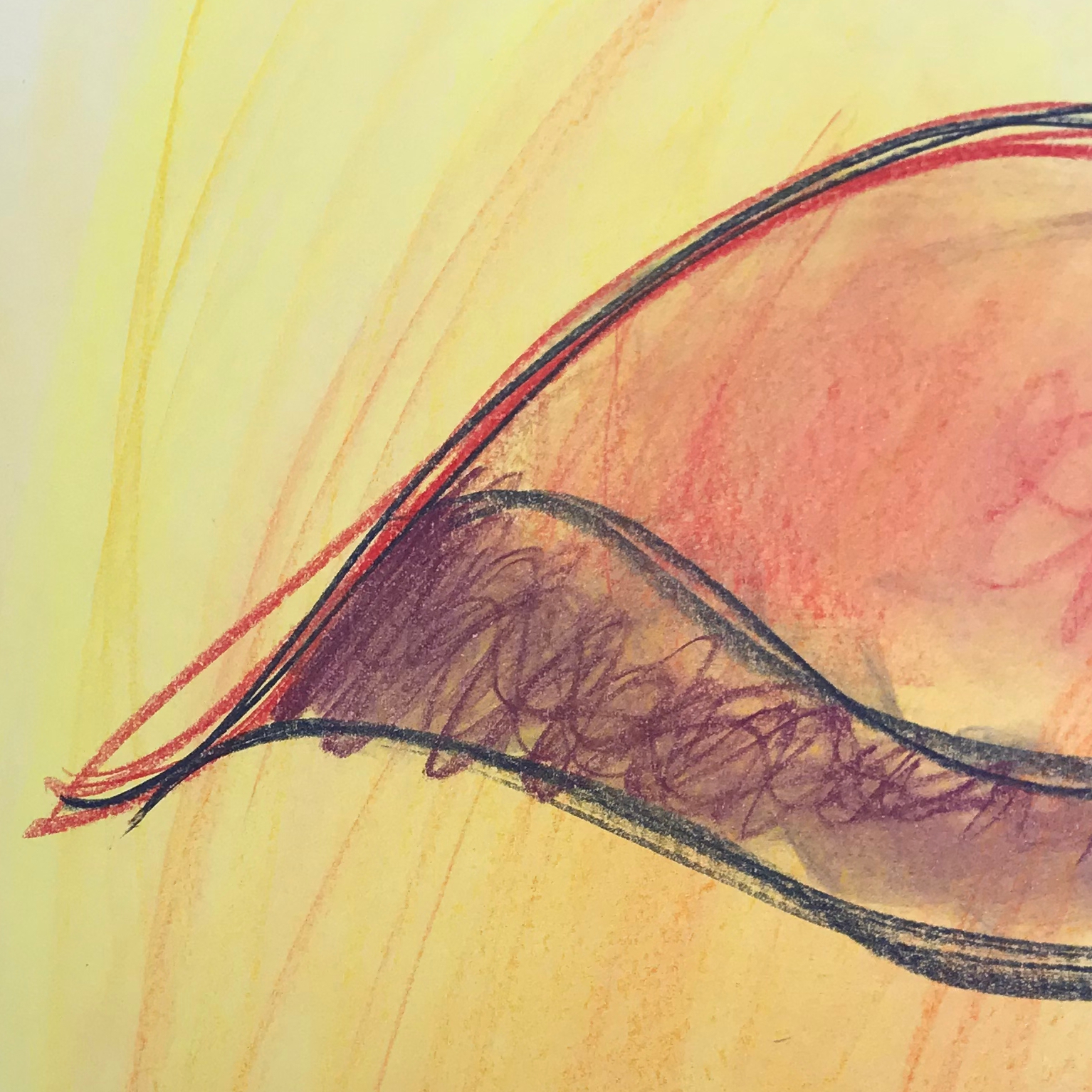APH-Alarm - Gesture based alarming

Comprehensive safety solution for people with Aphasia.
Project Homepage: https://aph-alarm-project.com/index.php/en/
Team: Paul Panek, Peter Mayer, Katharina Werner
Our group is responsible for ethics, user interface design and testing. A set of pictograms has been developed in close cooperation with the users. An agile evaluation of iterative prototypes is being done and a field testing of the final prototype is under preparation.
The project APH started in May 2020 and will be completed in April 2023.
Breaking The Wall

With Breaking The Wall we explore how to use technology to involve the audience in music performances. We design and develop different interactive systems together with artists. These systems will be deployed in public concerts of the artists in spring 2017 in the Kuppelsaal of the Vienna University of Technology. During all concerts the spectators can participate in various ways in the live performances.
Project Homepage: http://www.piglab.org/breakingthewall
Team: Fares Kayali, Oliver Hödl, Peter Purgathofer, Geraldine Fitzpatrick
Caring Robots // Robotic Care
Caring Robots // Robotic Care is a 5-years project, started in 2022, funded by the FWF #Connecting Minds program.
It involves 4 key researchers from TU Wien and one from University of Salzburg. Our goal is to develop and implement novel and desirable roles of robotic technology that proof useful, safe, meaningful, and wanted.
We aim for a participatory, open and reflective design process that involves a broad range of stakeholders from the care sector, with the ultimate goal to create desirable technological futures of care rather than merely acceptable ones. The gained insights shall contribute to a novel ethically aligned design approach for robotic care technology.
CoSi4U - Human Factors in Using Collaboration Systems in Companies

The CoSi4U (Human Factors in Using Collaboration Systems in Companies) project is a cooperation project with FRINK Advanced Services GmbH. FRINK Advanced Services GmbH developed a tool for analysing collaboration data in companies. The goal of the project is to support the company in finding a user-friendly design in order to help analysts to handle this data and to make relationships between them visible.
Team: Simone Kriglstein (contact person) and Nikolaus Suchy
CVAST - Centre of Visual Analytics Science and Technology

The Centre of Visual Analytics Science and Technology (CVAST) is one of the Laura Bassi Centres of Excellence. The goals of CVAST are twofold. The first goal is the integration of the outstanding capabilities of humans in terms of visual information exploration with the enormous processing power of computers to form a powerful knowledge discovery environment. The second goal is to scientifically assess the usability and utility of such discovery environments while bridging the gap between theory and practice for selected application scenarios. To achieve these goals we cooperate with several partners from industry.
Designing for resilience with unaccompanied migrant youth
Unaccompanied migrant youth (UMY) must cope with adversities before, during, and after their flight to Austria without adult relatives. Mental health support could contribute to promoting resilience in UMY and help them to cope with their adverse situation; however, despite increasing evidence that technology could make mental health support more accessible, there is a lack of knowledge regarding how to design technology-enabled resilience support for this vulnerable and marginalized population. This project explores how to potentially support resilience promotion in UMY with the help of technology. I use qualitative and design methods to (1) gain a deep understanding of the context of UMY in Vienna, Austria; (2) identify pathways to integrate technology-enabled resilience support; and (3) explore possibilities to design technology-enabled support for this space. The findings highlight a complex interplay among social-ecological factors in supporting and hindering resilience promotion that cannot be ignored when designing technology-enabled resilience support for this context. Otherwise, the technological solutions could not be as supportive as possible and even fail to provide support. Thus, the outcome of this project proposes and exemplifies a shift from an individual to a social-ecological approach to researching and designing technology-enabled resilience support. The first outcome of this project is a descriptive account mapping the social-ecological factors such as macro-systemic factors (e.g., legal policies) and micro-systemic factors (e.g., social and physical factors in the everyday living situation) that support and hinder resilience. The second outcome of this project is a map of potential pathways and possibilities for technology-enabled resilience support in this context, which is presented as part of a design framework. This design framework focuses on two main pathways to integrate technology-enabled support for UMY in this context: through direct technology-enabled support for UMY and by supporting resilience in UMY through their mentors. The thrid contribution of this project is an understanding of how to apply the design framework to the research and design of technology-enabled support for this and other contexts, such as low- and middle-income countries. The framework could help researchers to develop technological solutions that are capable of integration into the social-ecological interplay and relations. The design examples resulting from this project instantiate some possibilities of technology-enabled resilience support for UMY and could be further developed and evaluated in future studies.
Developing an inclusive technological toolkit to support prevention approaches
Within this project, a technological toolkit is being developed, which will allow young people, mediated by caregivers, to create customizable applications to support their own mental health and wellbeing, based on evidence-based interventions.
The necessity for this project emerges out of two intertwined problems. First, the homogenous nature of existing approaches to promote youth mental health (YMH), as they are often text-based, even as they are progressively being translated into the digital sphere. Yet the group “adolescents”, which is, within this project, defined as youth roughly between the age of 14 and 25, can’t be considered homogenous by any sensible metric. An intervention which is highly engaging for one might be of no interest, or not even accessible, for another (Castro, Barrera, & Martinez, 2004). For example, the existing emphasis on text-based measures to promote mental health does exclude migrant youth who do not yet have access to the language in which those measures are presented. While an increasingly broad landscape of more heterogeneous YMH interventions is currently opening up, those interventions are usually not customizable, which results in the same exclusion effects, and in resting the burden of identifying a suitable intervention on the ability and willingness of adolescents to comb through all available options, until they find one that works for them. On top of that, for YMH interventions to be used in the first place, they have to be engaging, which Hagen, Collin, Metcalf, Rahilly, & Swainston (2012) point out as one of the key challenges when developing technological YMH interventions. Second, the aforementioned lack of available customization presents a lost opportunity to address hedonic adaptation (Kahneman, Diener, & Schwarz, 1999). Engagement decreases over time, as applications lose their novelty. This loss of engagement does not, however, coincide necessarily with decrease in usefulness or effectiveness. People may lose interest over time, even if continued use of an application would still be beneficial. Allowing for customization, for changing features of an application, allowing adding and removing of features, should decrease the effects of hedonic adaption, or at least delay them, and thus extend the period of active use of an application, which in turn likely increases the overall effect an YMH application can have on its user.
Development of sensor-based systems for older people
In this project, we are trying to uncover the problems developers are facing in the development of sensor-based monitoring systems to support older people living alone. For this we use qualitative methods to investigate what happens during the development. We are particularly interested in the development processes, how different stakeholder-needs are determined, and other factors that might contribute to outcomes that are less successful than expected.
Team: Jean Hallewell Haslwanter, Geraldine Fitzpatrick
Digital Intelligent Assistant for Nursing Applications in Dementia Care

Less routine monitoring tasks for nurses and gaining more time for compassion and personal care taking for people with dementia.
Project Homepage: http://www.diana-project.eu/
Team: Paul Panek, Peter Mayer
The objective of DIANA is to improve the life and safety of mild to severely cognitive impaired persons 65+ while assisting nurses and care givers by providing novel technological solutions. The enabling technology will analyse action and behaviour changes while ensuring data privacy. Furthermore, the project will study innovative ways how our data can be seamlessly integrated into the nurses working routine with the goal to free valuable time for personalized care. For mild to medium impaired persons the project is going to research means how to assist and guide people in activities of daily living. One activity where this will be tested focuses on toileting. DIANA has the unique goal of increasing people’s autonomy and digitizing nursing assistance in this highly challenging area.
Exceptional Norms

By thinking through Exceptional Norms, we investigate how technologies, particularly those related to embodied computing, literally encode normative assumptions and expectations in their artefacts. We conduct critical analysis of existing work which we augment with the development of artifacts in a manner of research through design to account for the vast varieties of human bodies.
Project Homepage: https://exceptional-norms.at
Team: Katta Spiel
Computing technologies in our environment moved from being large mainframe setups increasingly towards, on and even inside human bodies. Innovative technologies like wearables, on-body tattoos or somaesthetic mats engage bodies in interaction. However, a thorough and critical investigation into the conceptualisation of human bodies in interaction with these technologies albeit highly relevant for the research community, is missing so far. With this FWF supported Hertha-Firnberg project hosted by the Human-Computer Interaction Group at TU Wien, we critically analyse how bodies are constructed within Human-Computer Interaction (HCI) and Interaction Design, conduct participatory design with people whose bodies are marginalised by technologies and create two robust research products materialising alternatives to the status quo. Our work details the epistemological and designerly consequences as well as potential counter strategies to dominant normative assumptions.